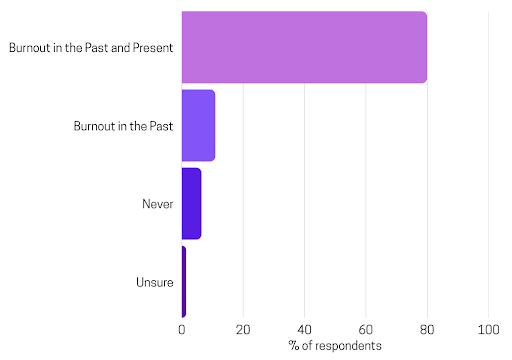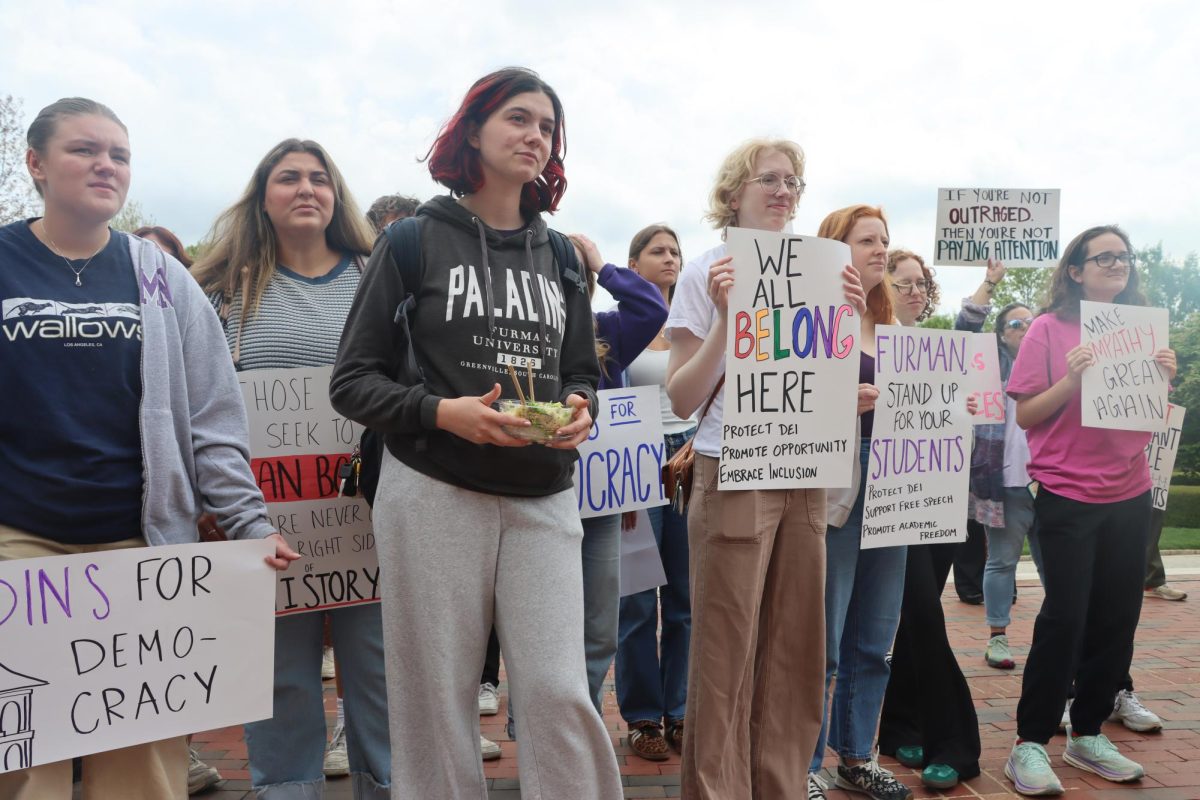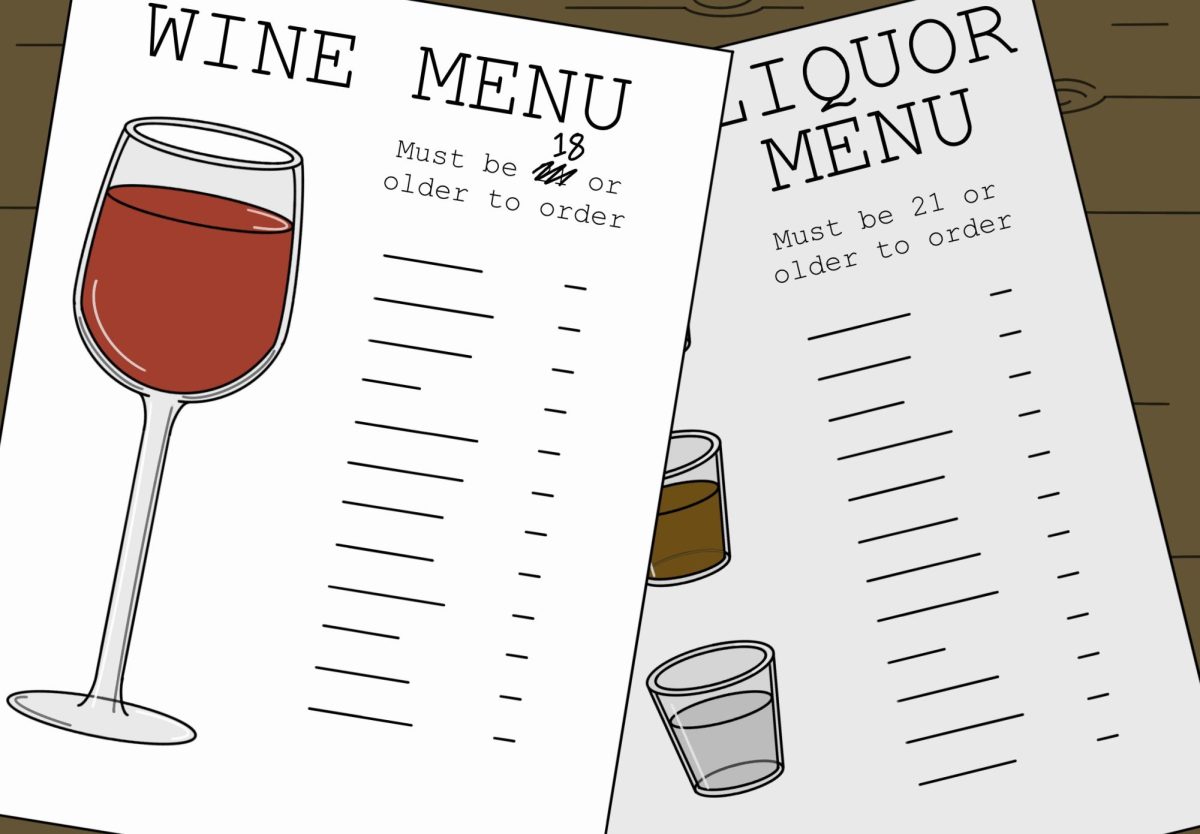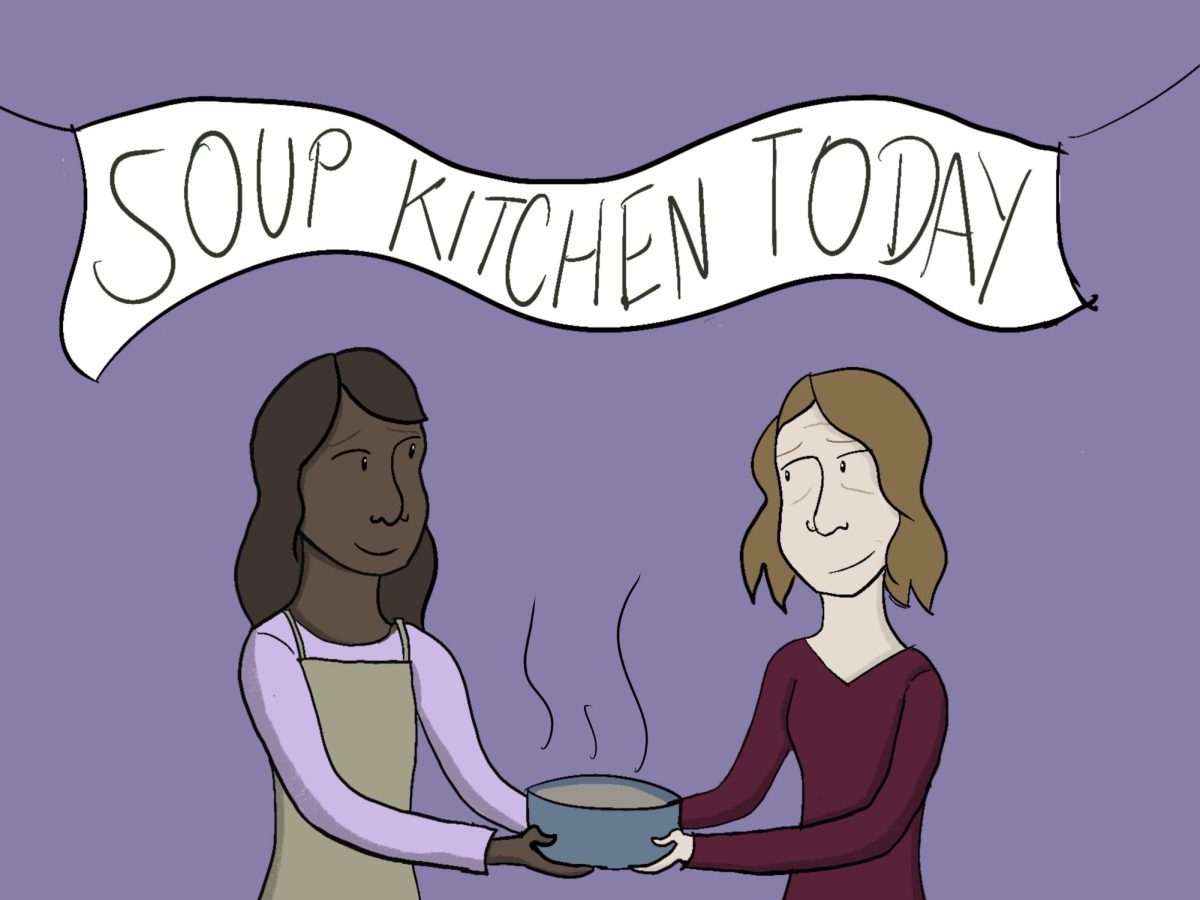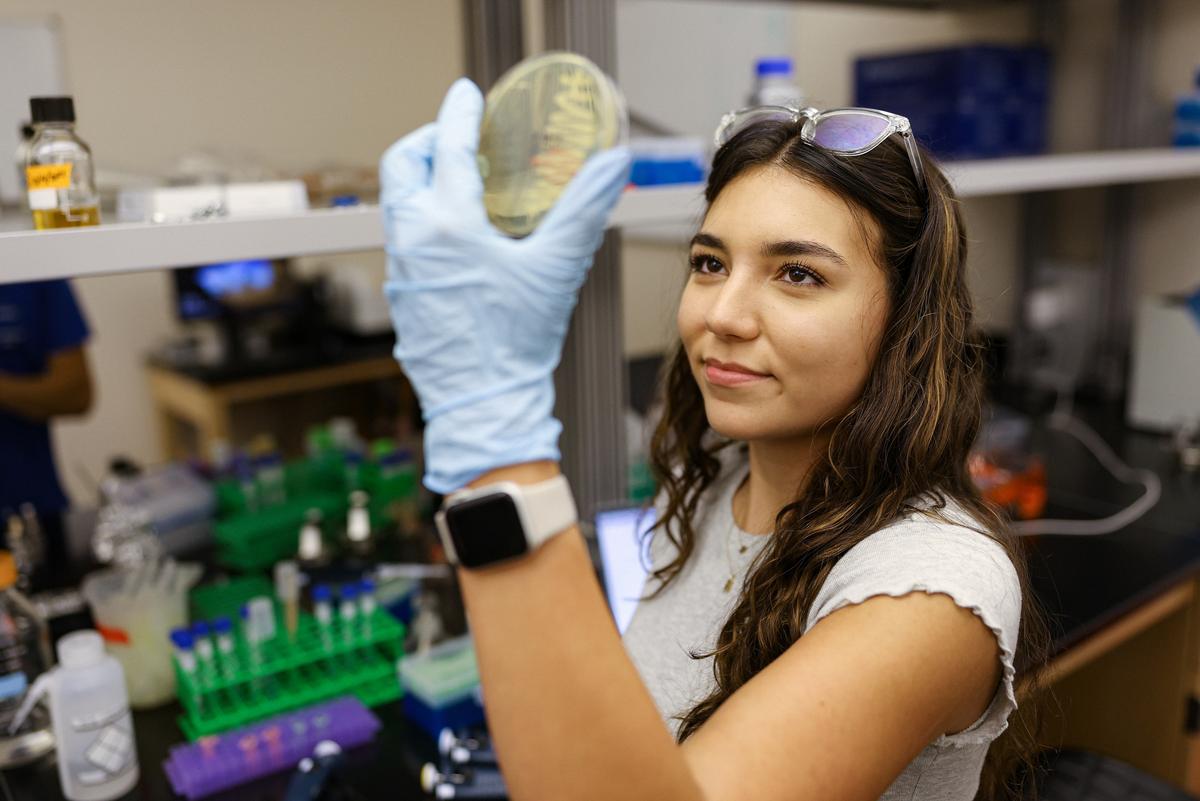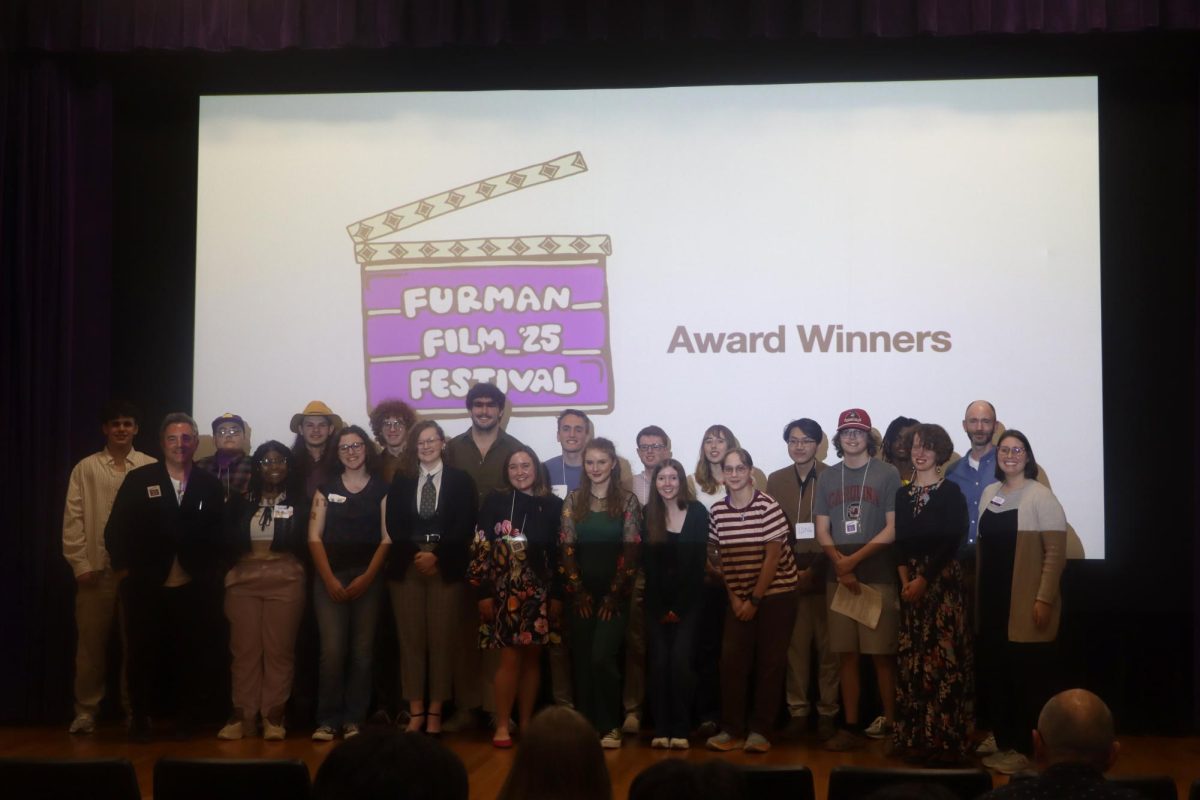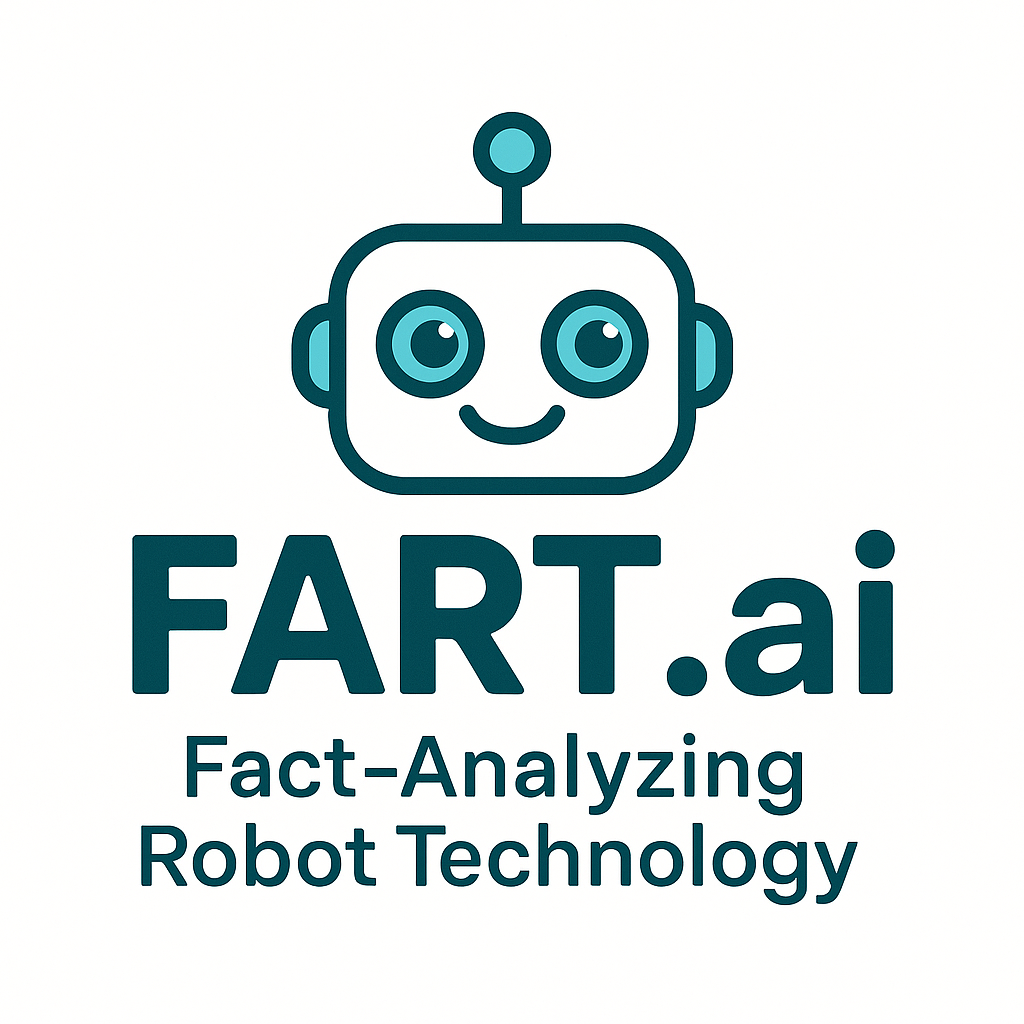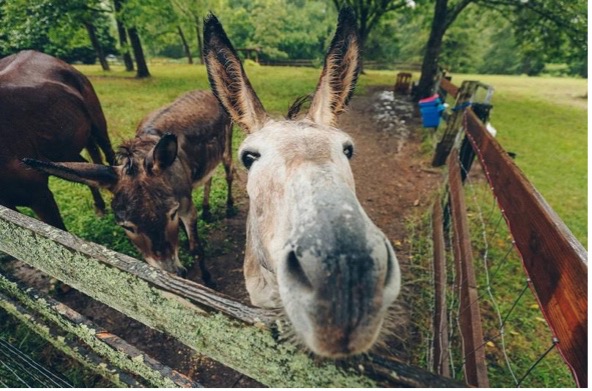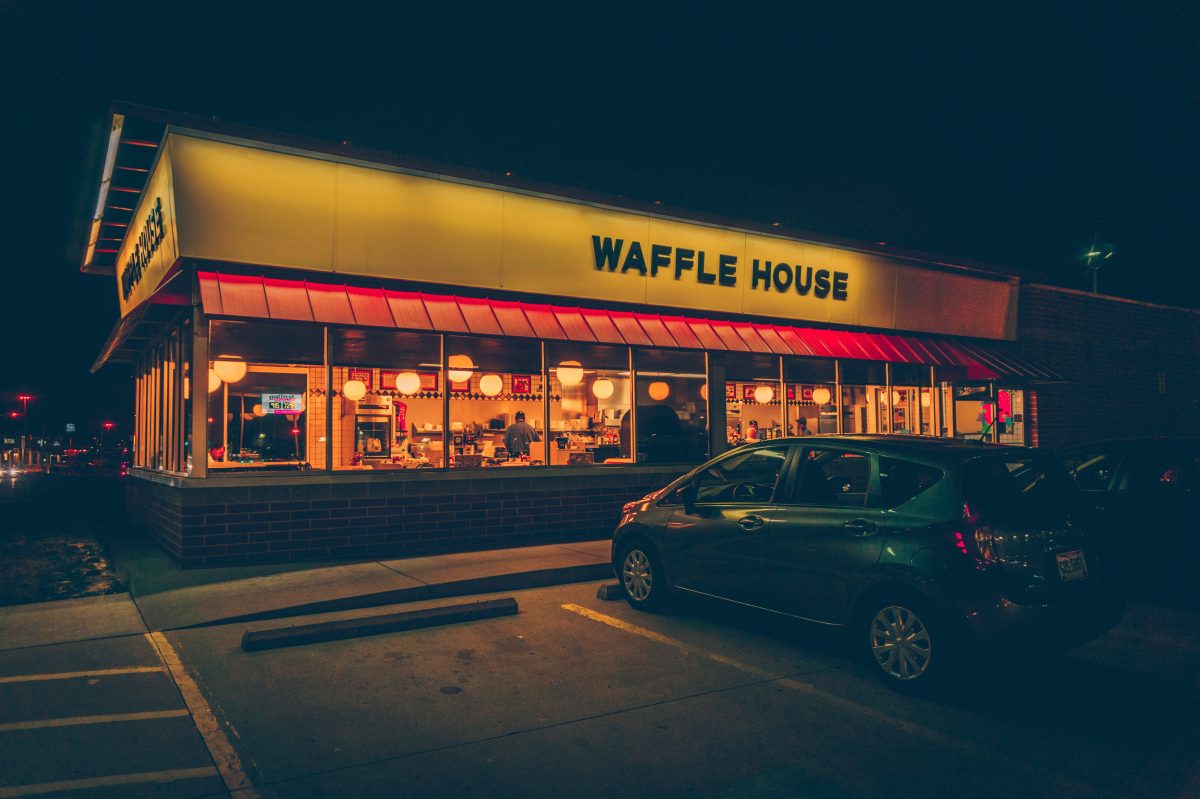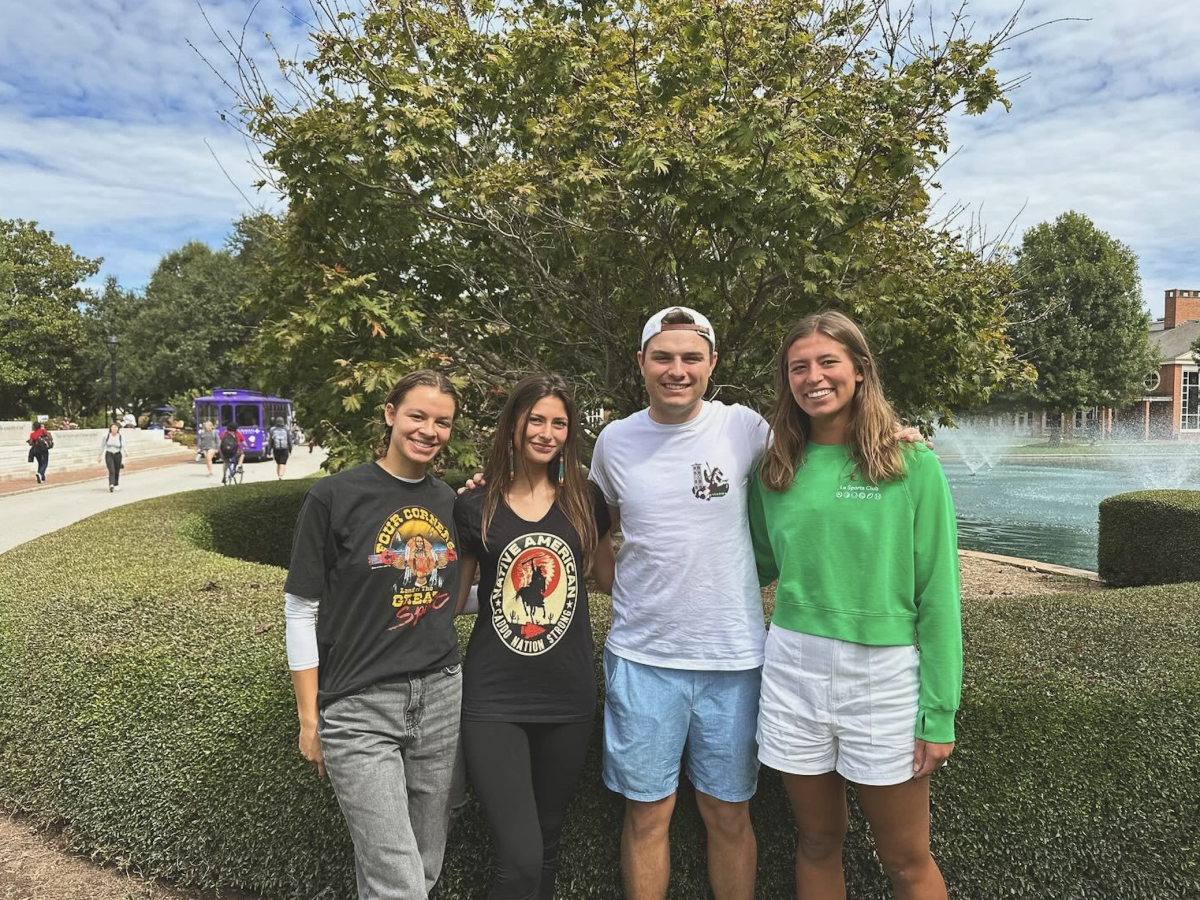Imagine that you are standing in the middle of a field;, there are mountains in the distance and big trees along the side. You can feel the sun on your face and the humidity on the rest of your body. There are no people talking, just birds singing and bugs buzzing. Soil is stuck underneath your fingernails and your back is tired. This is the perspective of every farmer in the Upstate — specifically, small-scale sustainable farms with one or two farmers. I spent my summer visiting these farms across the Upstate region to understand the community connections between small farms and how they can create food justice and overall environmental change in the region.
You have likely been told that recycling, taking shorter showers, or turning off the lights when you leave a room are practical things you can do to decrease your impact on the planet and help the earth. And while yes, these are helpful and you should keep doing them (or start!), larger environmental problems — sea level rise, global warming, species extinction — are not the result of you leaving the bathroom light on one day. Rather, these events are reflective of the harmful, large-scale operations of corporations, like oil drilling, mineral mining, factories, or industrial agriculture.
Industrial agriculture, for example, contributes to these environmental and social problems in more ways than you might think. Beef cultivation in particular produces unexpected negative outcomes. In factory farms, cows are fed grain (41% of US land is used to grow grain and other feed for livestock) which they cannot properly digest, creating toxic waste that leeches into our soil and water, causing eutrophication and human health issues. Since everything in the environment is interdependent and interconnected, eutrophication can then cause fishery depletion in different parts of the country, thus affecting the economy and livelihoods of people involved in the practice.
Industrial agriculture is also referred to as “conventional agriculture” and, as we all know, conventions are hard to change. However, with the correct adjustments our current methods could be streamlined and made more efficient. For example, a third of the food produced in the US is wasted (UNWFP). I asked this year’s Shi Institute Bon Appetit Fellow, Ian McPherson, what the waste looks like in the DH on a daily basis. He said that “[The Dining Hall] typically goes through 4 – 5 compost buckets per day at about 300 lbs. each. So roughly 1200 – 1500 lbs. daily, pre- and post-consumer.” And that is just for the Furman dining hall!
So, if after reading this you are now perhaps looking to help the environment and your local economy, here are some ways you can! First, buy local and support local sustainable farmers. The TR and Downtown farmers’ markets showcase so many local sustainable farms and you can read all about each of the farmers on the farmer’s market website. Another option is CSA, or community supported agriculture. Many of these small local farms like Horseshoe Farms in TR and Rambling Rosa Farm about 20 minutes from Furman have the option where you can “subscribe” to get boxes of delicious seasonal veggies every week or month. Some CSAs even include fresh flowers, baked goods, and condiments like pesto and salsa! It is a great way to get a diverse selection of high-quality produce and support small farmers throughout the season.
Also, eating a plant-based diet is great for the environment! It is the most impactful action an individual can take, and it is pretty simple. Even if the idea of a fully plant-based diet is overwhelming, try one or two days a week. Veggies, rice, whole grains, beans and chickpeas are delicious if properly prepared and full of protein and vitamins. So, Meatless Monday anyone?
Or, feeling chef-y and looking for some plant-based fall inspiration? I put my favorite recipe below — pumpkin risotto with spicy brown sugar Brussels sprouts.
Savory Pumpkin Risotto
- 1T olive oil
- 2 small yellow onions
- 1 cup Arborio rice
- 4.5 cups veggie broth
- ¼ cup pumpkin puree
- ½ cup vegan Parmesan (and/or nutritional yeast)
- Salt and pepper to taste + herbs of choice (oregano, thyme, rosemary)
1. Heat up your oil and finely dice onions; sauté in oil with healthy pinch of salt, pepper, herbs
2. While the onions are cooking, warm the broth in a saucepan.
3. Once the onions are translucent, add the Arborio rice and toast for about a minute.
4. Gradually start to add the warm veggie broth, about ½ cup at time until it is absorbed each time. Stir vigorously, add the broth and stirring until all of the broth has been added and absorbed.
5. At this point add in the pumpkin and cheese and stir to combine. Serve immediately.
Spicy Brown Sugar Brussels Sprouts
Adjust the sauce ingredients to your preference
- 1 pound Brussels sprouts, rinsed and halved lengthwise
- 1-2 green apples, diced.
- 3T brown sugar
- 1/2T sriracha
- 1-2 T honey
- 1t balsamic vinegar
- 2t black pepper
- Salt to taste
1. Preheat the oven to 400 degrees.
2. Mix sauce ingredients together and combine with sprouts and apples.
3. Arrange evenly on a foil-lined baking sheet and make sure everything is coated evenly.
4. Cook for 20-25 minutes until caramelized and crisp, stirring halfway through the cooking time.


